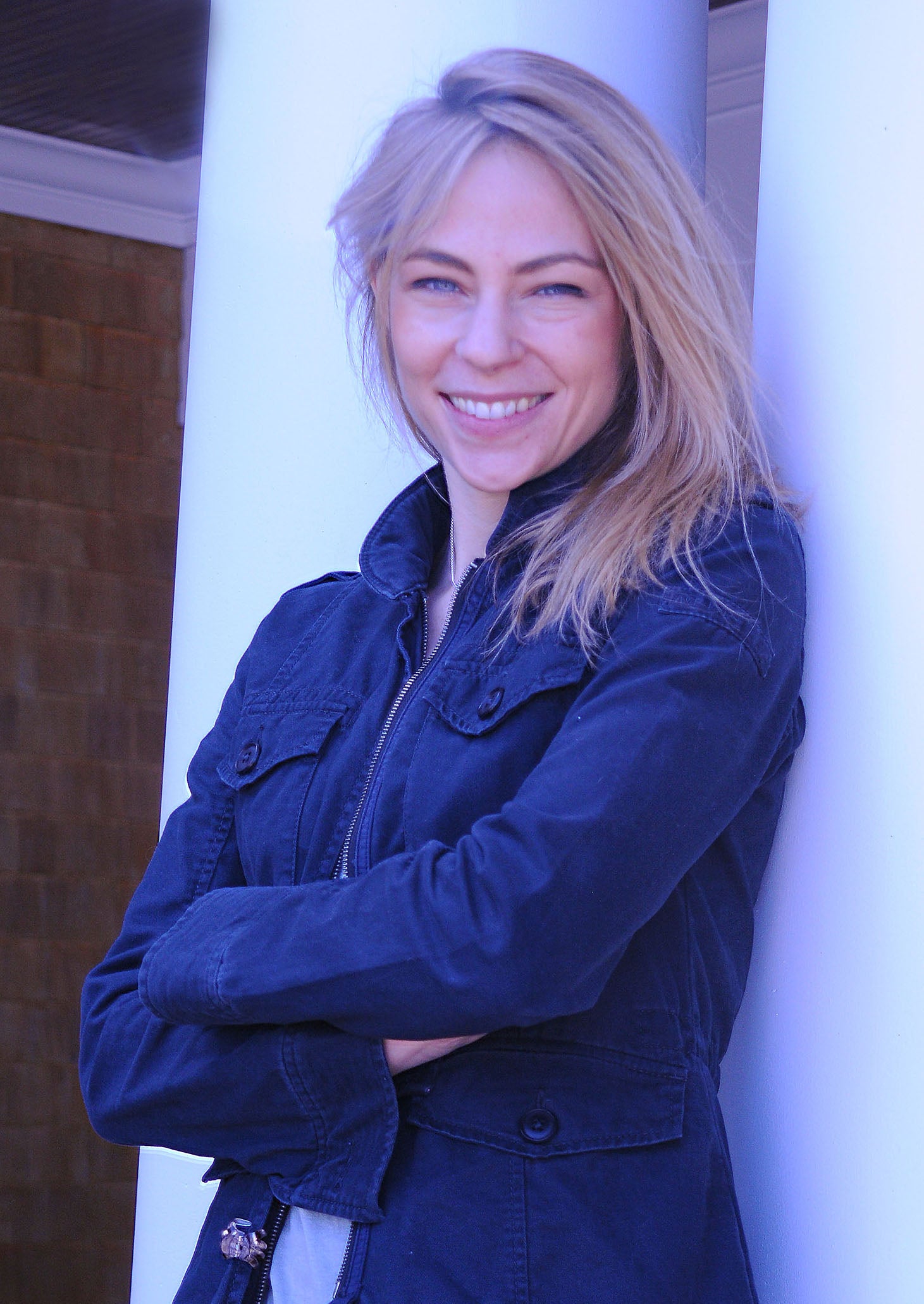NARRAGANSETT, R.I. April 13, 2018—Exploring the sea bottom is a deep enough adventure for most mortals, but how about probing what lies beneath that?
The “subseafloor” and its implications for life on other planets, is what fascinates Justine Sauvage, who will earn her doctorate in oceanography May 19 from the University of Rhode Island’s Graduate School of Oceanography.
A native of Brussels, Sauvage has distinguished herself during her eight years at GSO, winning awards, honors and fellowships for her groundbreaking research of sediments beneath the seafloor.
Her accomplishments are impressive.
She was one of only five students nationwide to receive a $30,000 award from the prestigious Schlanger Ocean Drilling Fellowship through the International Ocean Discovery Program.
And during a two-month expedition two years ago, she was part of an international team of scientists who dug deeper than humans ever have before, drilling 2,446 meters below the seafloor off the coast of Japan.
Sauvage also played a key role in solving a local mystery—the beach explosion at Salty Brine Beach in Narragansett several years ago. Working round-the-clock in her lab analyzing water and sand samples, she helped determine that hydrogen formed by the underwater corrosion of copper in an abandoned electric cable caused the explosion.
One of her specialties is drilling deep into the ocean floor to determine the maximum temperature that can support life. Understanding the places on Earth where life is capable of living, she says, can provide a link to finding life on other planets.
A scholar of nuclear science, microbiology and oceanography, Sauvage is one of a handful of scientists in the world with expertise in the analysis of hydrogen in sediment and sand. Hydrogen is a fuel that microbes can live on. She calculates how much hydrogen is being produced during the nuclear decay of natural isotopes in the sediment to determine how much life can survive there.
Her study area—the subseafloor in the South Pacific gyre—has very few cells, and even less organic matter. The sediments, however, contain radioactive elements, so in all likelihood organisms are feeding on the hydrogen produced by radiolysis, or the radioactive splitting of water.
The subsurface of Mars is rich in radioactive elements.
“If that kind of radioactivity-fed life exists on Earth, then we can extrapolate that it might be happening in other environments on other planets,” says Sauvage.
Arthur Spivack, oceanography professor at GSO, says his student has made fundamental advances in the understanding of life on Earth.
“These advances have broad implications that we are just beginning to identify and appreciate,” he says. “Her work is inspiring and informing many new studies. These achievements reflect her scientific tenacity and creativity, attacking new problems that span traditional academic disciplines during extensive research cruises and well-designed experiments.”
This summer, Sauvage will venture into the world of applied marine science at an institution in the United States. Using her background in biochemistry, ecology and environmental chemistry, she expects to investigate ways to improve the health and performance of aquaculture systems—or the growing of seafood.
More specifically, she hopes to develop new, sustainable and economically profitable sources, like algae, to feed shellfish. She plans to study microbial interactions between shellfish and algae to find optimal conditions for the growth and survival of shellfish.
“My seven years at URI have changed my life,” says Sauvage. “My collaborations with other scientists here—and exposure to the broader scientific community—have prepared me to leap into the next phase of my research with confidence and enthusiasm.”

